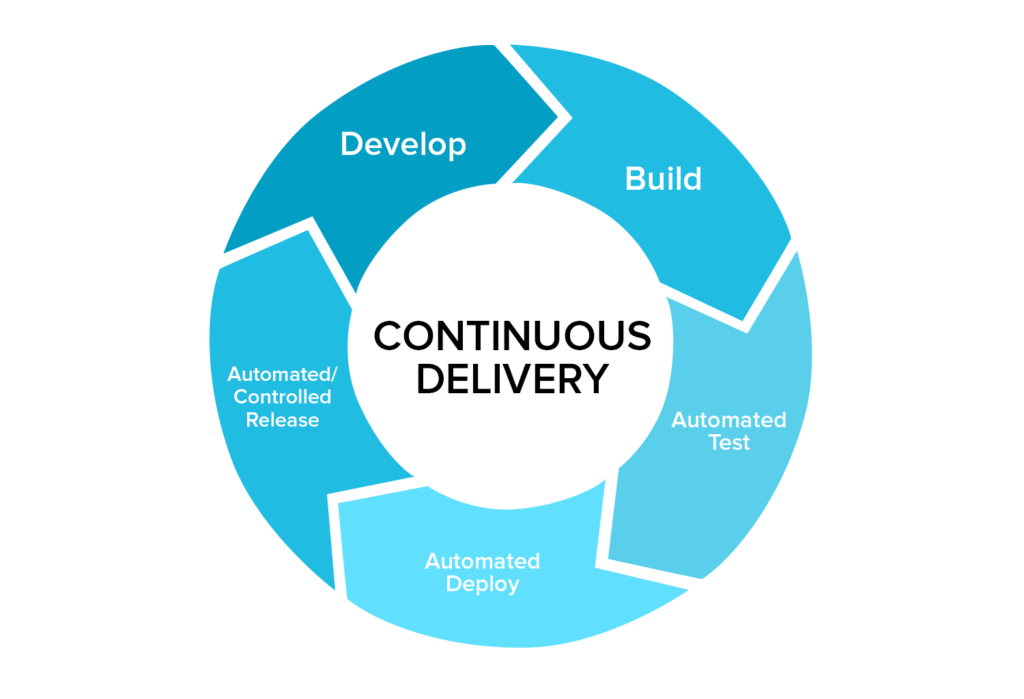Unleash the Power of Feature Flags for Continuous Delivery: Streamline Deployments and Minimize Downtime

Introduction
Continuous Delivery (CD) is a software development practice that aims to deliver software updates frequently and reliably to users. CD enables teams to respond quickly to changing customer needs and market opportunities, while maintaining high quality standards.
However, CD also poses some challenges, such as:
- How to deploy new features without disrupting the user experience or causing errors?
- How to test and validate new features before releasing them to all users?
- How to roll back or disable problematic features quickly if something goes wrong?
This is where FeatBit come in handy. FeatBit is a free and open source feature flag and experimentation management service that is scalable, fast, AI-LLM-empowered, and can be installed in any environment.
Feature flags, also known as toggles, bits, flippers or switches, are a software engineering technique that allows teams to turn select functionality on and off during runtime, without deploying new code. Feature flags enable many novel workflows that are incredibly useful for CD environments.
Streamline Deployments with Feature Flags
One of the main benefits of feature flags is that they enable teams to streamline deployments and increase agility for cloud-native applications. Feature flags allow teams to deploy new features into a production environment, but restrict their availability. With the flick of a switch, teams can activate a new feature for specific users without restarting the app or deploying new code.
This means that teams can decouple code deployments from feature releases, which simplifies the deployment process and reduces the risk of errors. Instead of creating separate branches for each feature and then merging them back into the main branch before deployment, teams can use feature flags to wrap desired code paths in conditional statements. For example:
if (featureFlags['new-cool-feature'] == true) {
renderNewCoolFeature();
}
This way, teams can deploy all features to production from the same branch, but only activate the ones that are ready for release using feature flags.
Feature flags also enable teams to adopt trunk-based development, which is a source-control branching model where developers collaborate on features in a single branch. This approach minimizes the complexity and overhead of merging large numbers of long-running feature branches.
By using feature flags for streamlining deployments, teams can achieve the following benefits:
- Deploy new features frequently and reliably, without disrupting the user experience or causing errors.
- Test and validate new features in production with real users and data, without affecting the entire user base.
- Optimize features based on user feedback and data-driven insights, without redeploying code.
- Roll out features gradually and safely, monitoring their impact and performance along the way.
Minimize Downtime with Feature Flags
Another benefit of feature flags is that they enable teams to minimize downtime and improve user experience. Downtime can be costly and frustrating for both users and developers, especially in CD environments where deployments happen frequently and errors are inevitable.
Feature flags allow teams to quickly roll back or disable problematic features without redeploying code or performing a rollback. This is possible because feature flags decouple code deployments from feature releases, allowing teams to control the visibility of features at runtime.
For example, if a new feature causes an unexpected error or performance issue in production, teams can simply flip a switch and turn off the faulty feature using feature flags. This way, they can restore the system to a stable state without waiting for a new deployment or rollback to fix the issue.
Feature flags also help teams avoid downtime by enabling progressive delivery. Progressive delivery is an extension of CD that involves delivering software updates progressively to different segments of users based on various criteria, such as location, device type, user behavior or preferences.
Progressive delivery allows teams to reduce the blast radius of potential errors by limiting their exposure to a small group of users first. It also allows teams to collect feedback and metrics from real users before rolling out features to everyone.
By using feature flags for progressive delivery, teams can achieve the following benefits:
- Test new features in production with real users and data, without affecting the entire user base.
- Optimize features based on user feedback and data-driven insights, without redeploying code.
- Roll out features gradually and safely, monitoring their impact and performance along the way.
- Roll back features easily and instantly, without redeploying code or performing a rollback.
Conclusion
Feature flags are a powerful tool for achieving CD. They allow teams to streamline deployments and minimize downtime by decoupling code deployments from feature releases, enabling soft rollouts, A/B testing, canary releases, progressive delivery and quick rollbacks.
Feature flags take CD to the next level by allowing teams to deliver new features continuously without creating a new release or disrupting the user experience.